Arrival
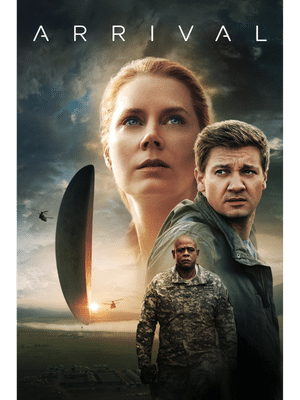
PG-13, 2016, Drama/Sci-fi, 1h 56m
Table of Contents
What Is Arrival About?
A linguist is recruited by the military to help communicate with alien visitors and understand their intentions.
Why You Should Watch Arrival
Arrival is more than just a typical alien movie. Directed by Denis Villeneuve and based on Ted Chiang’s story, it really changed how I see science fiction. This movie isn’t about space wars or fancy technology. It’s a deep look into what it means to be human.
Right from the beginning, Arrival looked like it was going to be a normal alien movie, but it quickly changed into something more. The main character, Dr. Louise Banks, played by Amy Adams, is what makes this movie different. Adams doesn’t just act well; she brings her character to life in a way that made me feel connected to every part of her story. Watching her try to understand the alien language, I felt like I was there with her, solving a mystery.
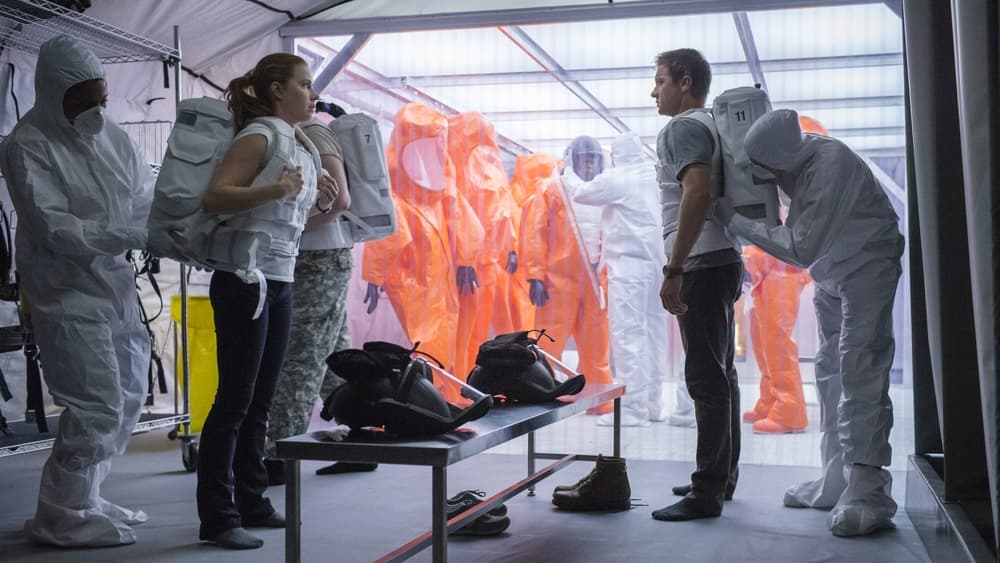
The way Arrival tells its story is what impressed me the most. The story doesn’t go in a straight line, which makes it really interesting and kept me hooked. It plays with the idea of time in a way that made me think differently about how everything in life is connected.
The best part of the film for me is how it shows the way people react to things they don’t understand. It talks about how we often get scared or misunderstand each other when we’re faced with something new. This part of the movie really hit home for me. It shows how important it is to try to understand and connect with others.
What I really like about Arrival is that it’s more than just a movie to watch. It made me think and feel a lot about communication and connection. The movie doesn’t rely on big special effects or action scenes to be meaningful. It focuses on language and how it shapes our world, and that opened my mind in new ways.
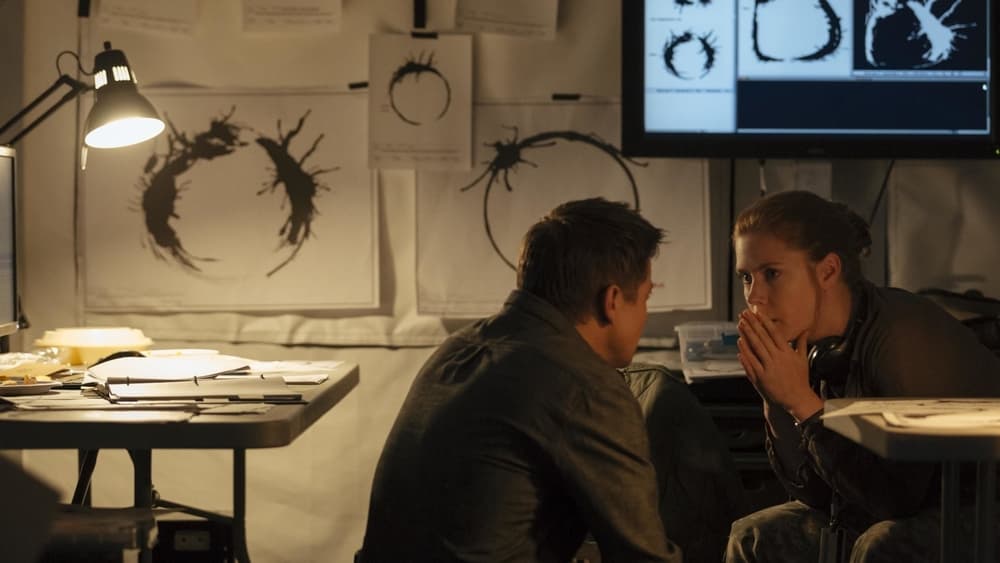
Arrival is a movie that really stuck with me. The way it tells its story, along with Amy Adams’ amazing acting, makes it stand out. It’s more than a movie about aliens; it’s about what it means to be human, and that’s why it’s so special to me.
The Theme of Arrival
Arrival isn’t just your usual alien sci-fi movie. For me, it’s a deep look into how complicated communication can be. The main character, Dr. Louise Banks, has to figure out the language of the alien heptapods. This part of the movie really shows how hard it can be to understand each other, especially when we’re from different places. It’s like the movie is using the story of the aliens to show how we struggle to communicate in real life. The way countries react to the aliens in the movie shows how sometimes we let fear and wrong ideas get in the way, instead of trying to understand each other.
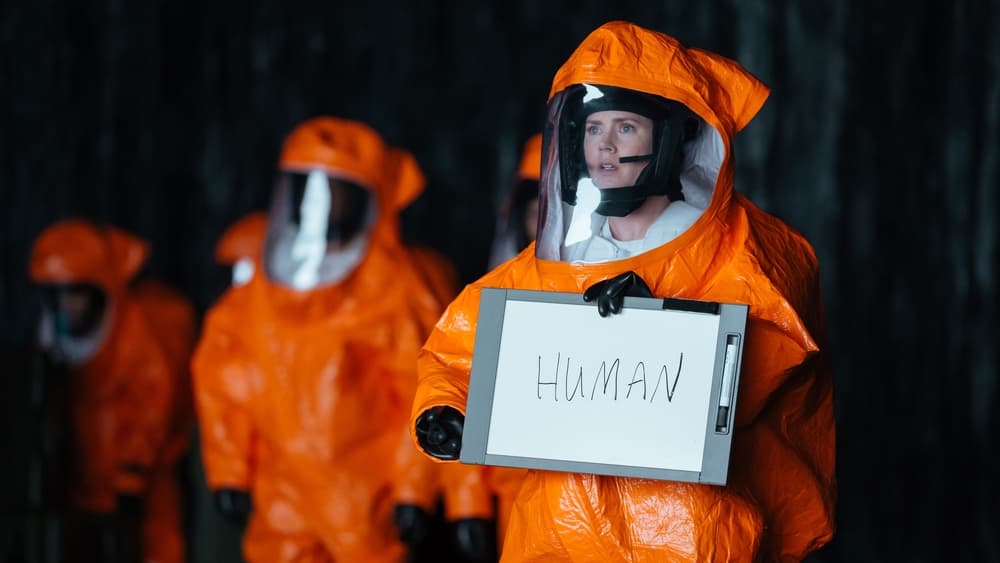
The movie also talks about time in a really interesting way. The alien language doesn’t follow our normal rules of time, and as Dr. Banks learns it, she starts to see time differently too. This made me think a lot about how we make choices and how everything in life is connected. Arrival asks big questions and makes you look at things from a new angle.
Dr. Banks’ story is really touching. She finds out something about her future that’s really sad – the loss of her daughter. The movie asks a tough question: would you still want to live through the good times if you knew there was going to be pain later? The way she decides to face her future, even knowing what’s coming, really shows the beauty and shortness of life.
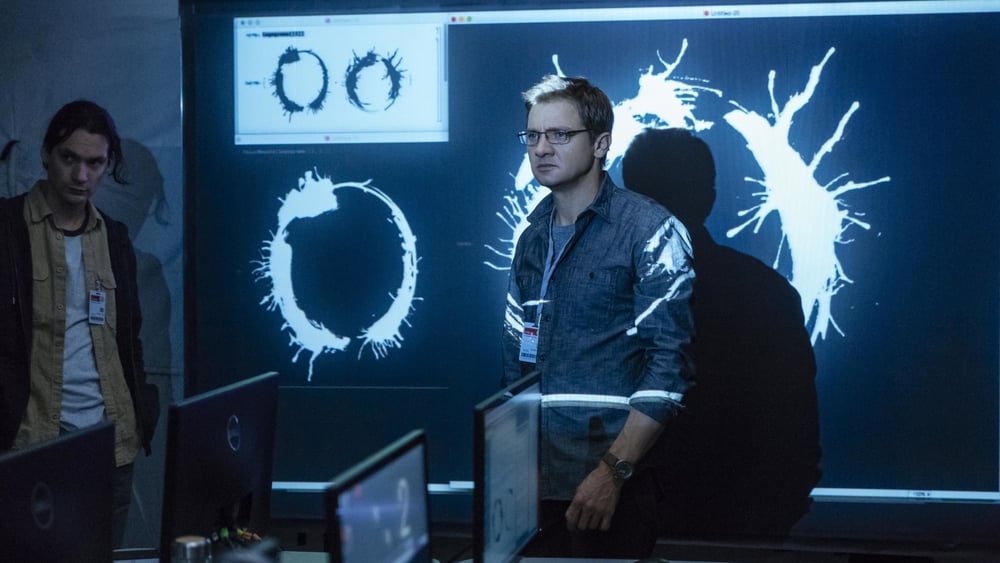
Arrival also shows how people often react with fear to things they don’t understand. At first, everyone is scared of the aliens, but as they start to understand them, the fear turns into learning and connection. This change is a big reminder that fear usually comes from not knowing and that understanding each other can help overcome that fear.
The movie also stresses how important it is for the world to work together. The aliens give different countries parts of a message, and everyone has to work together to understand it. This part of the movie really speaks to me, especially now when the world seems so divided. It’s a call for all of us to put aside our differences and come together.

To sum it up, Arrival is more than a movie about aliens. It’s a journey into what it means to be human, how we talk to each other, and our place in the world. The story and its ideas have really made me think differently about life and the connections we have with others.
The Cinematography of Arrival
Arrival (2016), directed by Denis Villeneuve and filmed by Bradford Young, is not just a regular movie for me. It stands out because it deals with important ideas like communication, the concept of time, and how people react to things they’ve never seen before. Young uses a mix of muted colors and the unique look of the alien ships to create a strong visual impact. This contrast makes the film both intriguing and a bit intimidating.
The film often uses wide shots to show the huge alien ships, making us feel small in comparison. These scenes are not just for show; they make us think about our place in the big universe.
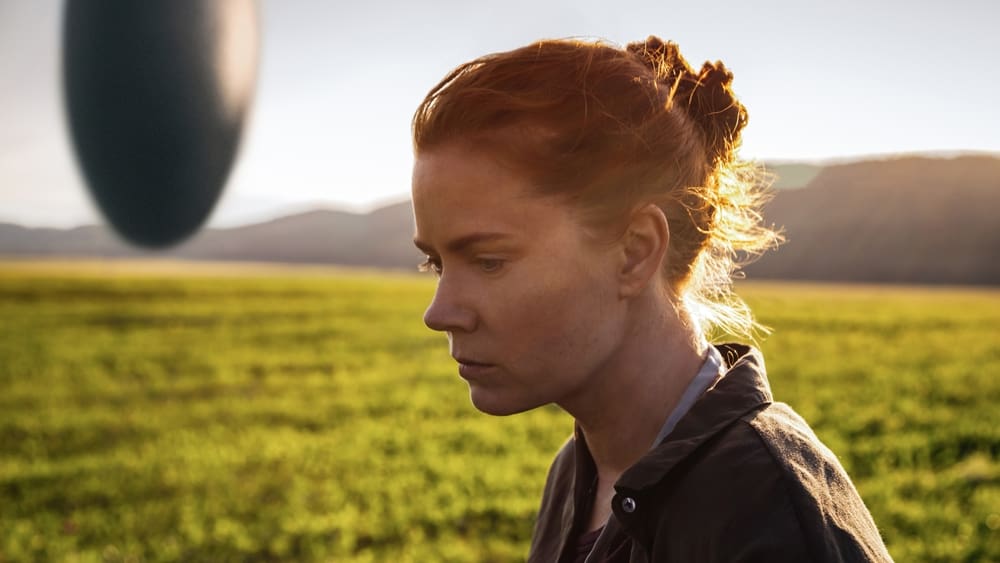
Amy Adams’ role as Dr. Louise Banks is noteworthy, especially in close-up scenes where she’s figuring out the alien language. These moments are not just about showing her emotions; they let us see her change and understand her character better.
One of the most interesting parts of “Arrival” is how it presents time. The film mixes scenes from different times, which makes us question our usual ideas about time. This approach adds depth to the movie, taking it beyond typical sci-fi and making it a thought-provoking experience.
The Soundtrack of Arrival
Jóhann Jóhannsson’s soundtrack for “Arrival” is, in my opinion, a haunting echo of the film’s core. His minimalist yet atmospheric composition transcends traditional scoring. It’s not just background music; it’s an integral part of the storytelling.
His use of vocal manipulations and electronic textures creates a soundscape that is as alien as it is familiar. To me, this isn’t just music; it’s a language in itself, speaking directly to the soul. Tracks like “Heptapod B” and “The Swimmer” are not merely compositions; they are emotional journeys, capturing the essence of the film’s exploration of the unknown.
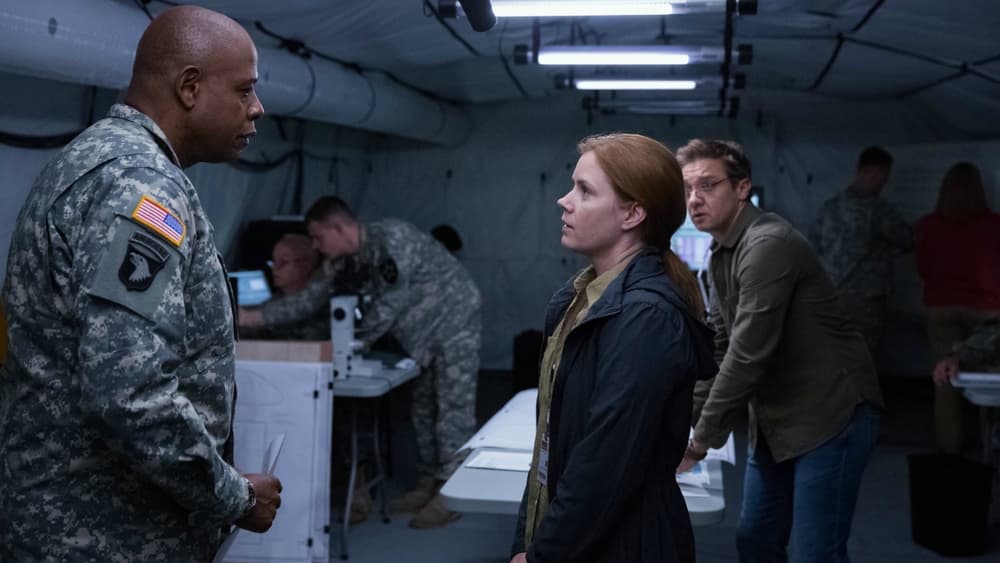
Jóhannsson’s approach to building tension through music mirrors the film’s pacing. It’s a slow burn that, in my view, perfectly complements the unfolding narrative, allowing the audience to fully immerse themselves in the emotional depth of the story.
Some popular tracks from the Arrival soundtrack include:
- “Heptapod B” – A track that encapsulates the mysterious and alien nature of the heptapods. The looping, nonlinear structure of this piece resonates with the film’s themes around time and language.
- “First Encounter” – Reflecting the awe and tension of humanity’s initial interaction with the aliens.
- “The Swimmer” – A more melodic and poignant piece, underscoring the emotional depth of the story.
Jóhannsson’s score for Arrival stands out for its innovative approach, being a perfect auditory companion to a film that challenges conventions and expectations. Listen to the original motion picture soundtrack below.
The Cast of Arrival
- Amy Adams as Dr. Louise Banks – A linguistics expert recruited by the U.S. military to decipher the language and intentions of the alien visitors. She’s also great in Sharp Objects, too.
- Jeremy Renner as Ian Donnelly – A theoretical physicist who collaborates with Louise in their attempt to understand the aliens and their language.
- Forest Whitaker as Colonel GT Weber – A U.S. military officer overseeing the operation to communicate with the alien visitors.
- Michael Stuhlbarg as Agent David Halpern – A CIA agent involved in the government’s response to the alien arrival.
- Tzi Ma as General Shang – A Chinese general with whom Louise interacts, playing a crucial role in the film’s climax.
- Mark O’Brien as Captain Marks – A military personnel involved in the operation.
The Filmmakers of Arrival
- Director – Denis Villeneuve
- Screenwriter – Eric Heisserer
- Producer – Shawn Levy, Dan Levine, Aaron Ryder, and David Linde
- Cinematographer – Bradford Young
- Composer – Jóhann Jóhannsson
- Editor – Joe Walker
- Financing, Distribution, and Marketing of Arrival: Paramount Pictures provided crucial financial support for the production of Arrival, enabling the hiring of talent like Denis Villeneuve and funding other production costs. They also managed the distribution of the film, ensuring its release in theaters globally, and handled the marketing campaigns, including creating trailers, advertisements, and organizing promotional events, to maximize the film’s reach and impact among audiences.
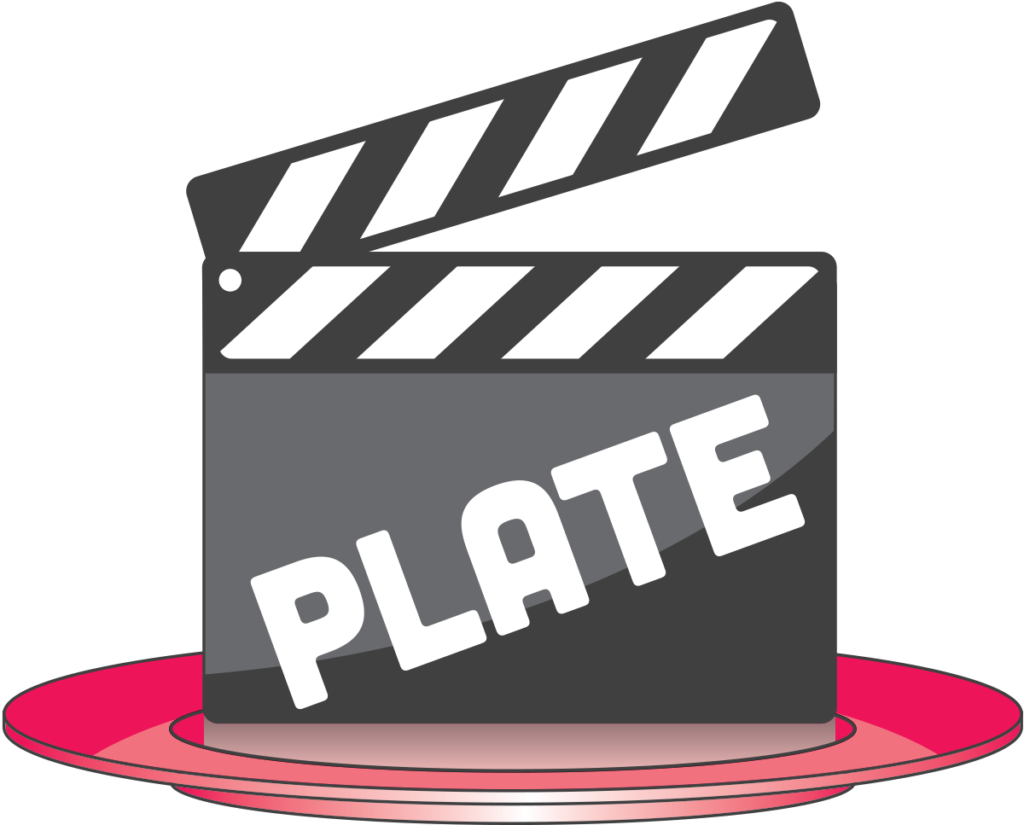
Squid Ink Pasta

Inspiration
The Alien Ink
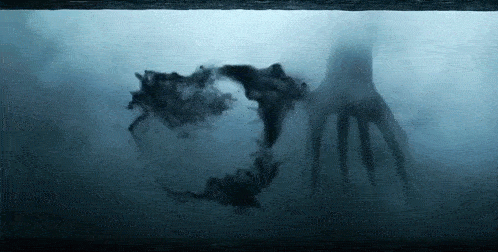
More About Arrival
Arrival was primarily filmed in Quebec, Canada. The film’s production designer, Patrice Vermette, and his team created many of the film’s interior sets at the MELS Studios in Montreal. Additionally, several outdoor locations around Montreal, such as Parc des Îles and the Canadian Space Agency, were used to stand in for various locations throughout the film.
Other scenes in the film were shot in British Columbia, including the remote coastal location where the alien ship first appears, which was filmed at a beach in Squamish, and the interior of the ship, which was built on a soundstage in Burnaby.
Arrival is a movie based on a book called Story of Your Life written by Ted Chiang. The movie, directed by Denis Villeneuve, takes the main ideas from the book and turns them into a film. In the story, mysterious alien ships come to Earth, and nobody knows why they are here or what they want. The main character in both the book and the movie is Dr. Louise Banks, a language expert. Her job in the story is to figure out how to talk to these aliens, called heptapods, and understand their language.
The book and the movie both focus a lot on the idea of language and communication. They explore how learning a new language can change the way you think and see the world. In the story, the heptapod language is very different from human languages. It’s not just about words; it’s about time too. As Dr. Banks learns this alien language, she starts to experience time differently, which is a big part of the story.
Arrival takes these ideas from the book and adds its own touch for the movie version. The movie uses visuals and sounds to bring the story to life and make the audience feel the mystery and emotion of meeting aliens. Even though the movie and the book have some differences, they both share the same main themes and message about communication, understanding, and the way we experience time.

